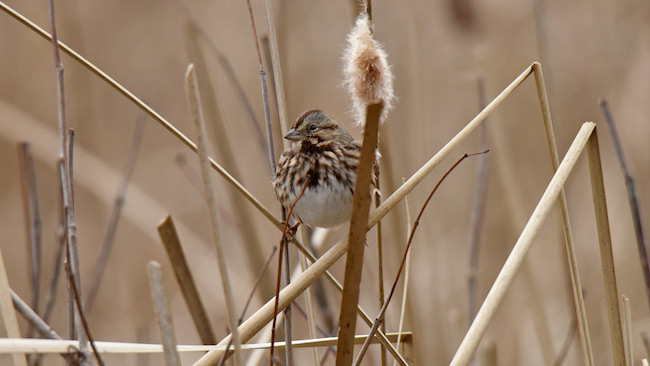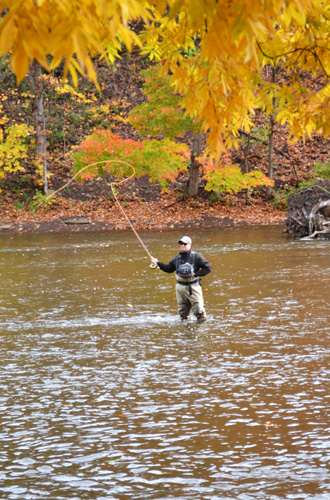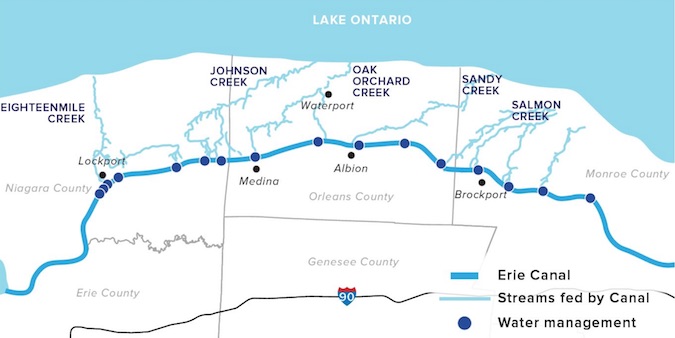Towpath and historic villages prove a big attraction for cyclists
Brockport embraces designation as ‘Trail Town’
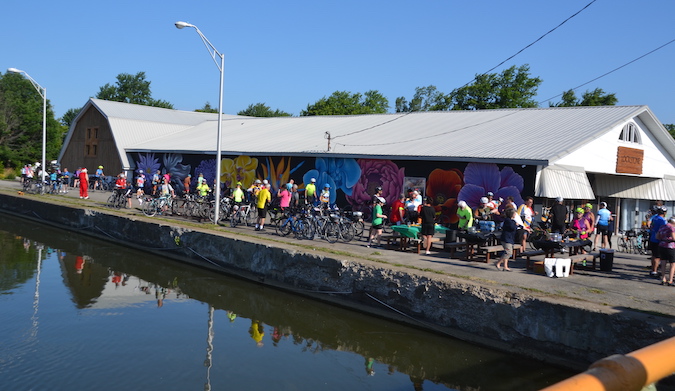
Photo by Tom Rivers: A big group of cyclists stop by Tinsel and the Lockstone in Albion on Monday morning, where they were offered orange slices. About 750 cyclists passed through the community on the Cycling the Erie Canal journey, which covers about 400 miles over 8 days.
By Jules Hoepting, Guest Contributor
BROCKPORT – If you passed by the Erie Canal in Orleans County Sunday evening or Monday morning, you probably noticed an abundance of cyclists gliding through.
From July 10 to 18, 750 cyclists are pedaling from Buffalo to Albany along the historic 360 mile Erie Canalway Trail. Organized by statewide nonprofit Parks & Trails New York (PTNY), the 24th annual Cycle the Erie Canal is bringing cycling enthusiasts, volunteers and history buffs from 40 states to local canal towns. The median age of riders is 63 with the eldest aged 83 and the youngest aged 10.

Photos by Erica Schneider: Volunteers offer the cyclists refreshments and souvenirs during a stop in Brockport on Monday.
When asked about their experiences at a rest stop in Brockport, tour participants had plenty of compliments about the community — both in the towns passed through and within the tour itself.
Couple Stan and Laurie Frey from Wisconsin are embarking on their second Cycle the Erie Canal tour and are bringing along Laurie’s sister, Linda for her first tour. The group talked fondly of going into canal communities, stopping for food and enjoying the atmosphere.
“All these little towns [are] welcoming, doing all the music and [sending free canal-themed] postcards, free fruit — it’s just really delightful,” Laurie Frey said.
Her sister, Linda agreed, saying the local towns “seem like warm, tight communities” adding “When I think of stopping at little towns, it’s this right here.”
Linda also praised the ability to “see the depth of the history” of the canal through trail signage and lectures for tour participants. Stan Frey found the Canal Culvert in Ridgeway — the only place you can drive under the Erie Canal — to be highly interesting as well.
Volunteer Mark Proia from Pavilion, NY, uses the tour as a way to give back to a cycling community that helps support his 7,000-plus miles in annual cycling. Proia’s been a regular Cycle the Erie Canal volunteer and tour rider since 2007, and his favorite is befriending people from all over the U.S. Tour participants cover between 40–60 miles a day, which is “a huge milestone” for some of them, and Proia enjoys watching the joy that comes from personal achievement.
Proia also enjoys the canal towns and the variety of ways they welcome cyclists coming through. He said he often comes to Brockport and utilizes the charging station at the Brockport Welcome Center for his hybrid car, then goes for a bike ride.
According to Susan Smith, the Director of the Brockport Welcome Center, the center additionally offers a kayak launch, a bike fix-it station, showers, laundry facilities and camping options. The center is a prime example of PTNY’s Erie Canalway mission: connecting the Erie Canalway Trail to Erie Canal towns.
In early 2022, the “Victorian Village on the Erie Canal” was selected by PTNY and the New York State Canal Corporation (NYSCC) as the pilot community for the new Empire State Trail Town program, based on its long-standing connection to the canal and commitment to the trail.
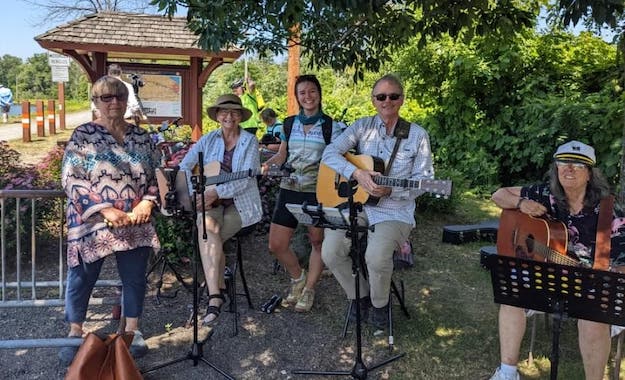
Cyclists in Brockport were greeted by musicians on Monday as part of the Cycling the Erie Canal trek.
The Erie Canalway Trail is a portion of the Empire State Trail. Over the last six months, PTNY has been working with village officials and a dedicated group of volunteers to help Brockport attract and profit from the growing bicycle tourism market, improve the trail and infrastructure for those that walk and bike in the village and establish a strong identity tied to the trail.
According to Margay Blackman, Brockport mayor, the village “proudly” defines itself as an Erie Canal community and is “passionate” about being selected as the first Empire State Trail Town.
“When I first moved here in 1977, the [trail] path wasn’t well groomed… there was talk of filling in [the canal] for years and years,” Blackman said. “Parks & Trails has helped a tremendous amount with bringing in recreation and tourism to the canal.”
Another initiative PTNY and NYSCC has taken to tie communities to the canal is the Bike-Friendly Business Certification program, which recognizes and promotes businesses that provide special accommodations for cyclists.
In Orleans County, Bike-Friendly certified locations include Lee-Whedon Memorial Library, Bunkhaus Hostel, Orleans County YMCA and Hart House Hotel in Medina, The Downtown Browsery Inc., Hoag Library, The Coffee Joint and Tinsel ice cream in Albion.
For more information on Cycle the Erie Canal and PTNY’s programs, visit ptny.org/cycle-the-erie-canal. To stay up to date with the tour, follow Parks & Trails New York on Facebook (@parksandtrailsny and @eriecanalwaytrail), Instagram (@parkstrailsny and @eriecanalwaytrail) or Twitter (@PTNY and @cycletheeire).
The tour is in partnership with the Canal Corporation, a subsidiary of the New York Power Authority. The Erie Canalway National Heritage Corridor is the premier heritage sponsor of the event. Nine regional tourism agencies, including Orleans County Tourism, also sponsor the ride.
Editor’s Note: Jules Hoepting of Albion is an intern with Parks & Trails New York.
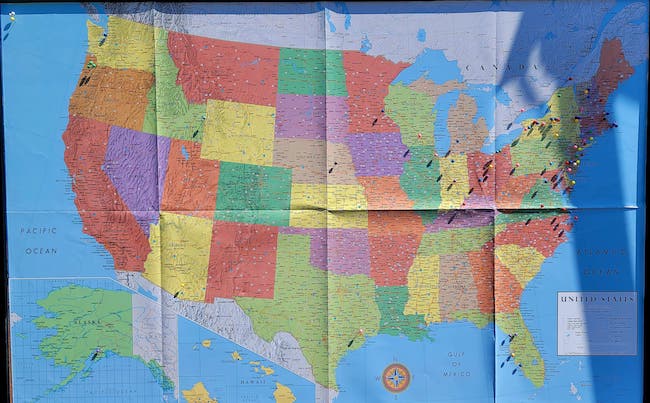
Photo by Jules Hoepting: The pins are from riders marking where they are from.


























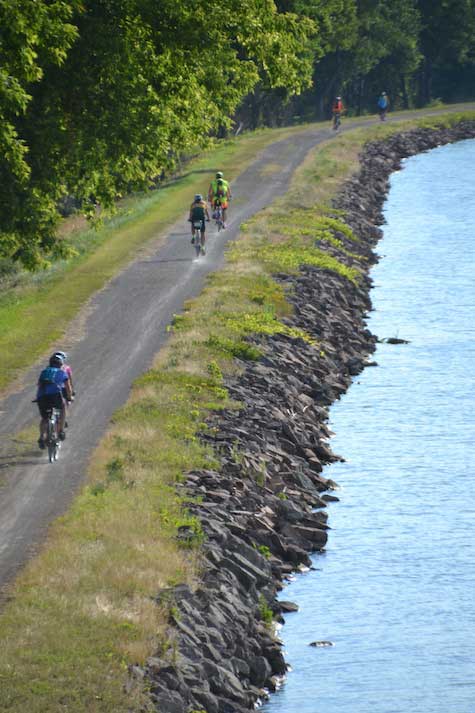
 New York State Department of Environmental Conservation (DEC) Commissioner Basil Seggos announced the start of the 2022 “I BIRD NY” challenges for beginning and experienced birders.
New York State Department of Environmental Conservation (DEC) Commissioner Basil Seggos announced the start of the 2022 “I BIRD NY” challenges for beginning and experienced birders.
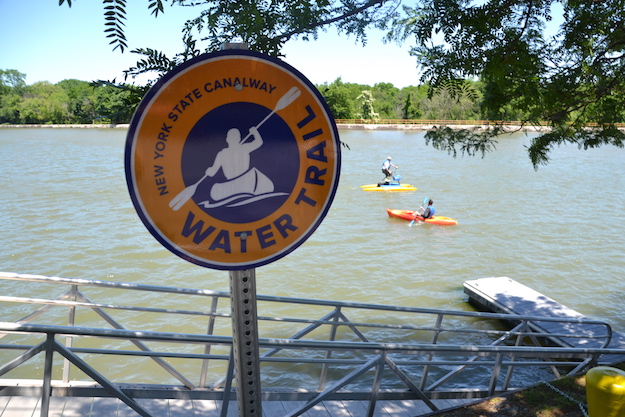
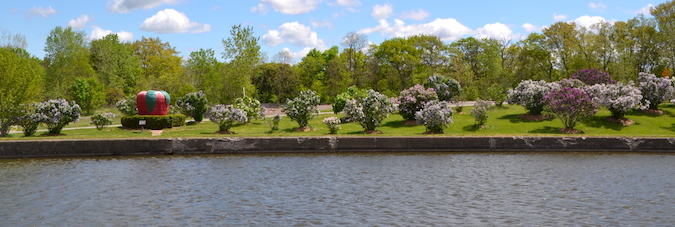
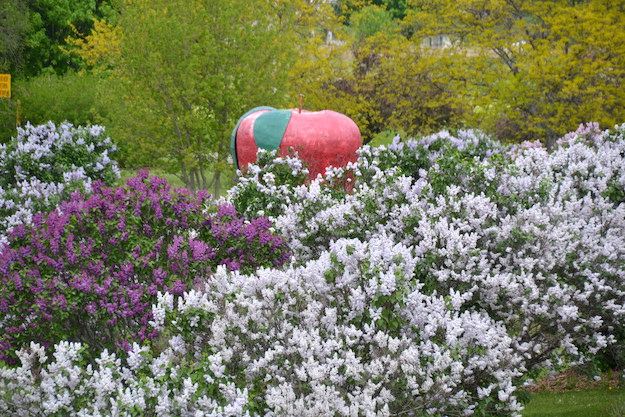
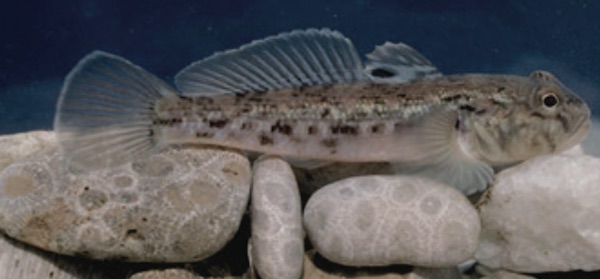
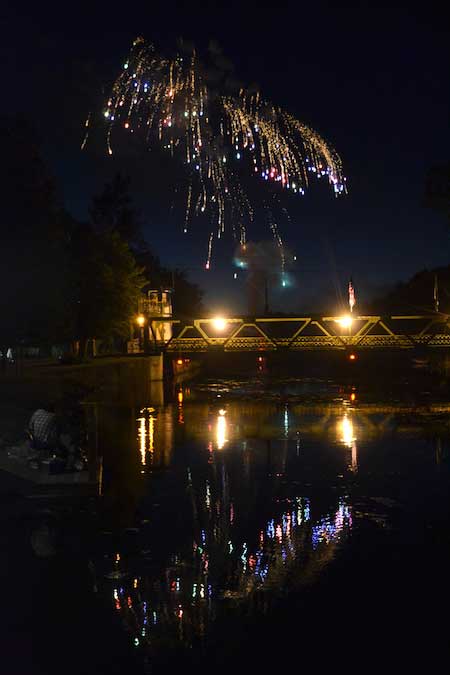
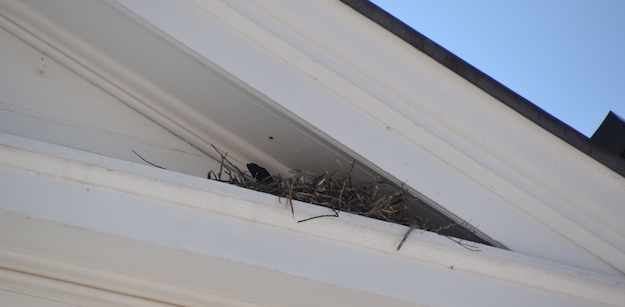
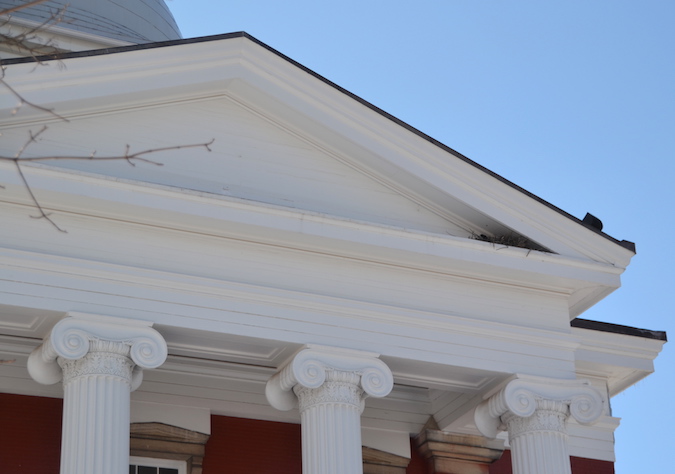


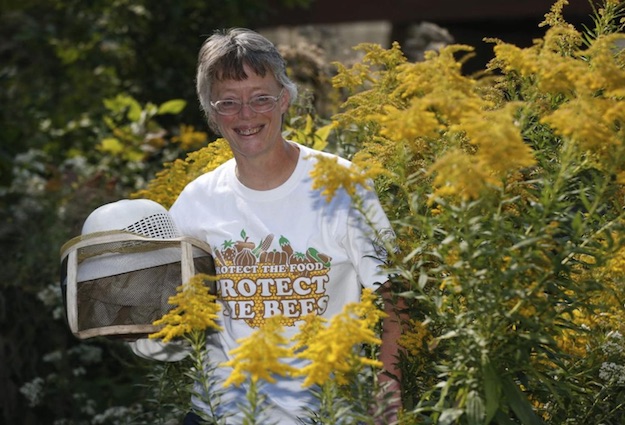

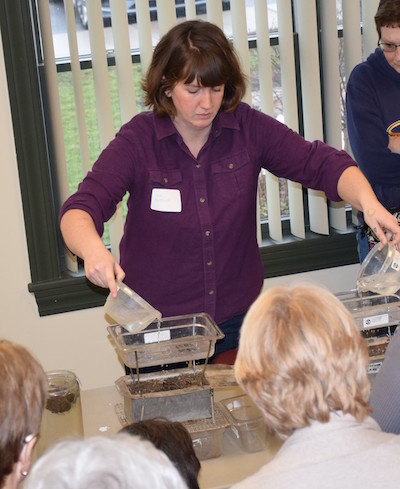
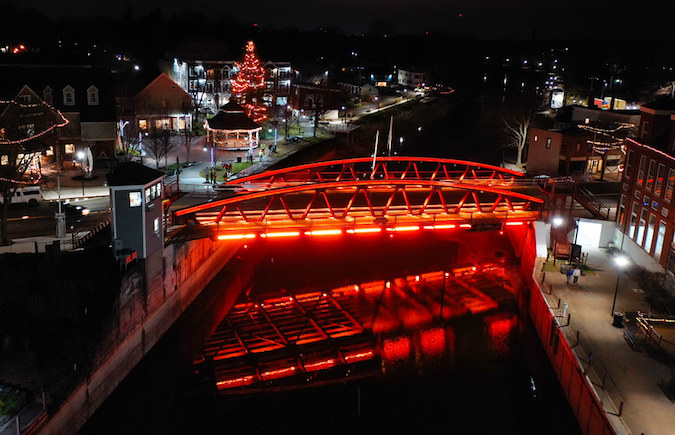
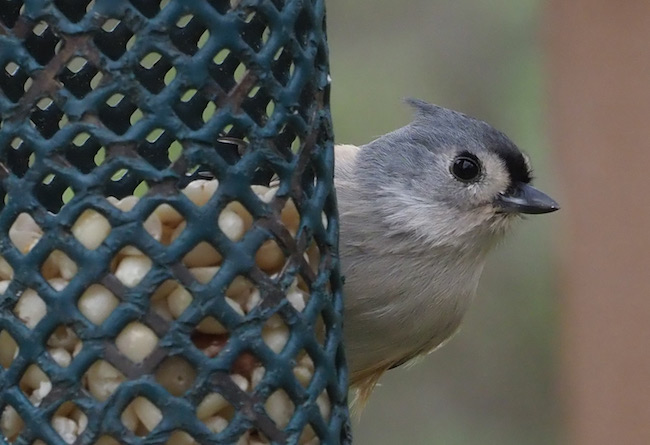
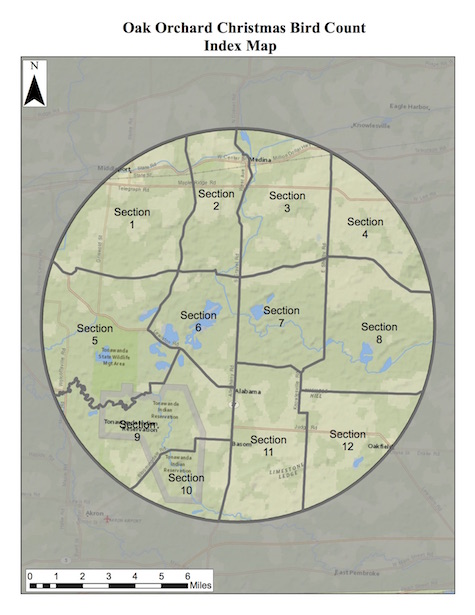 Count compiler and Medina resident Celeste Morien would like the public to be alert for counters with spotting scopes and binoculars who will be out and about Dec. 28 on local roads, searching for birds in fields and at bird feeders.
Count compiler and Medina resident Celeste Morien would like the public to be alert for counters with spotting scopes and binoculars who will be out and about Dec. 28 on local roads, searching for birds in fields and at bird feeders.